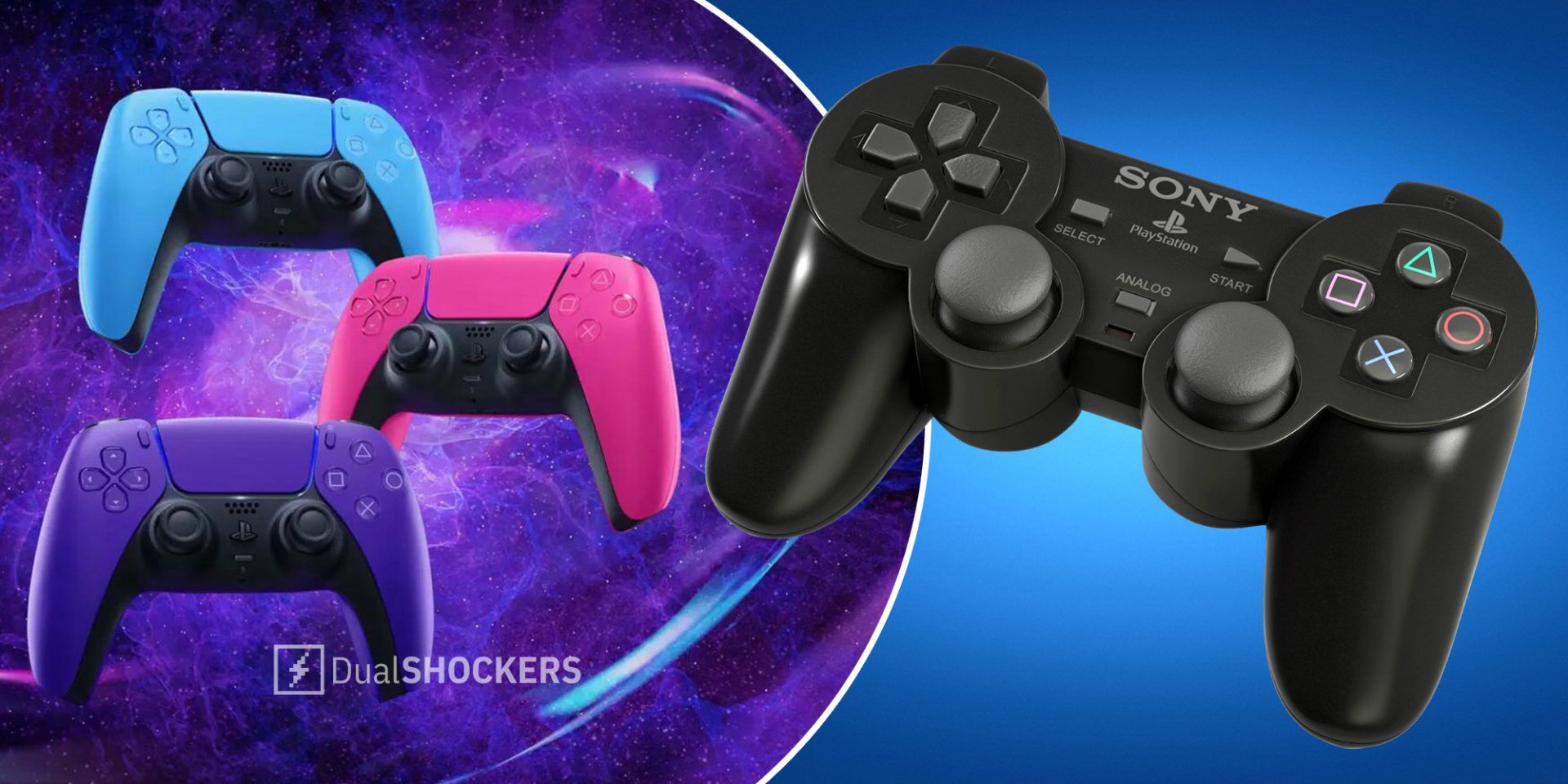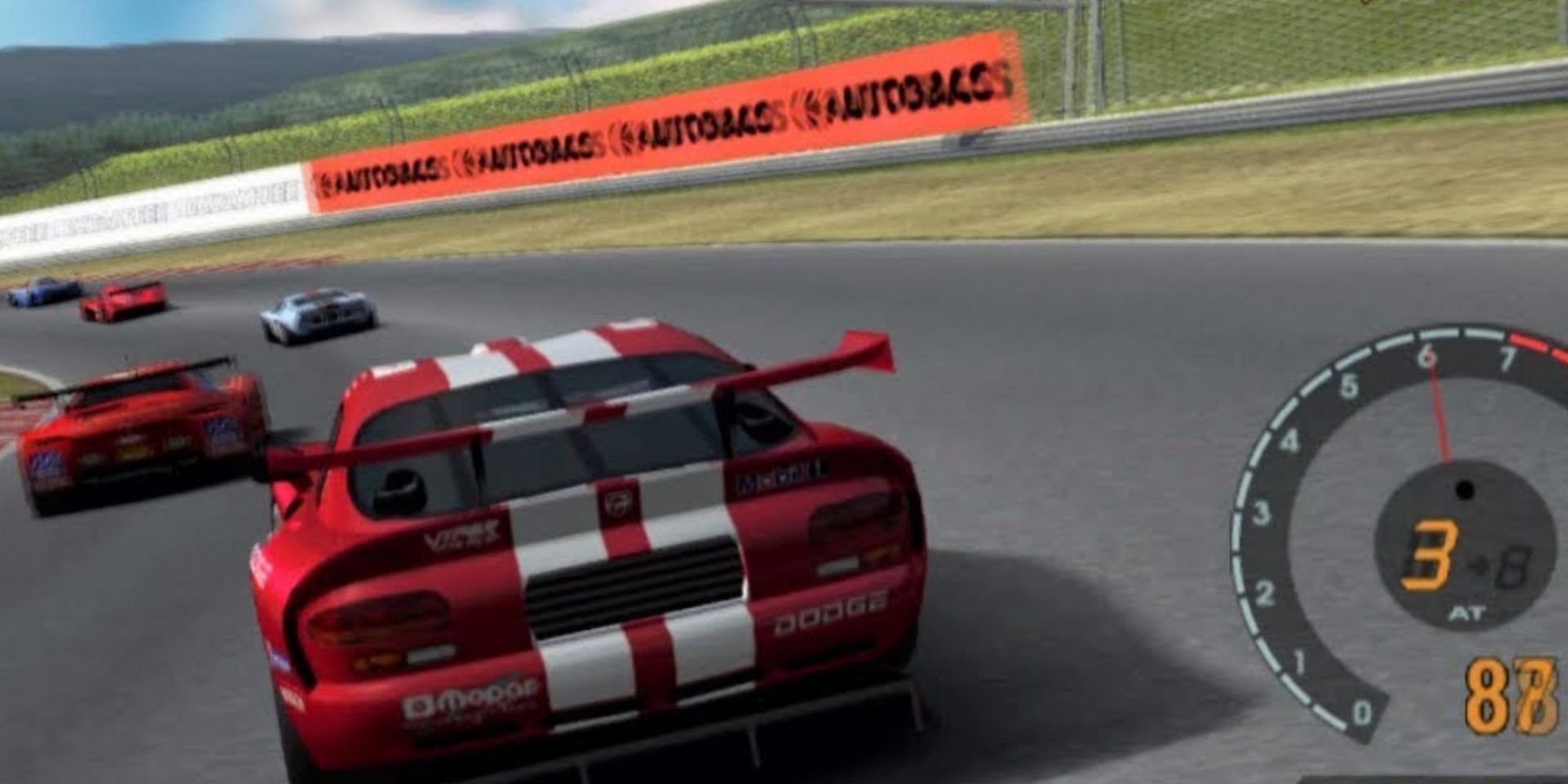The PS2's Dualshock controller was known for its rumble and sleek black design. However, there was a secret feature baked into it as well. The controller had built-in pressure-sensitive buttons, and the strength with which you tapped or pushed them would yield different types of results.
For example, if you played Grand Theft Auto: San Andreas, the speed at which CJ drove was dictated by how hard you pressed the cross (X) button. If you lightly press down on the button, he would drive slowly, but if you forcefully held it down he would really put pedal to the metal. The same example can be tied into a game like Gran Turismo, where the harder your press, the faster your car goes. But what about shooting mechanics? Well, in Metal Gear Solid 2 if you were to lightly hold down the square button, Snake will aim his gun, but if you pressed down hard enough, then he would aim and also fire his gun.
Not every game utilized this feature. In fact, the only way to really find out was by looking at the back of a game's box, and by looking at the bottom (the same area where it tells you how many players a game supports). Here you would see a red outlined box that said "pressure-sensitive" on it. So how did the pressure-sensitive buttons work inside of the controller? Each button had a tiny curved disk underneath it. Placing various amounts of pressure on the buttons would lead to less or more of the disk touching a conductive strip that was placed on top of the controller's circuit board.
When I had my PlayStation 2 over a decade ago, I did not really pay all that much attention to the feature. Normally it was instinctual for me to press down on buttons as hard as I could depending on the game. Especially racing games, and playing Gran Turismo 3 was when I first discovered that pressing down harder actually made a difference in my speed.
The harder you press, the faster your car goes, and if you lightly press on the buttons your car would ease into a higher speed, but more steadily (not that I ever did this, opting instead to redline corners at ever course and track, brakes be damned).
Fast forward to the DualSense. While it does not utilize pressure sensitive face buttons, it does, of course, feature two unique and distinct things which are adaptive triggers and haptic feedback. I love both of these things, especially the adaptive triggers. While playing a games like Horizon, pulling back on Aloy's bow really shows off the tension; the more pressure put on the triggers the more power her arrows will have upon release, not to mention the further they will go. The same can be said while playing Uncharted 4: A Thief's End, where driving Nathan Drake's Jeep through certain muddy areas will cause your tires to get a little stuck and spin.
No matter the game, using this controller brings us closer to the action. Shooting weapons just feels wonderful, and even playing sports games is great. In NBA 2K, for instance, you have full control over your player's speed; hold the right trigger down a little, your guy will dribble and run a little faster, but on a fast break you pull that sucker all the way down and either go for an easy dunk or draw a foul.
You can feel the difference in matchups, you can feel the weight when pulling and dragging items. All thanks to the PS2 and its controller, whose pressure-sensitivity paved the way for the DualSense.



